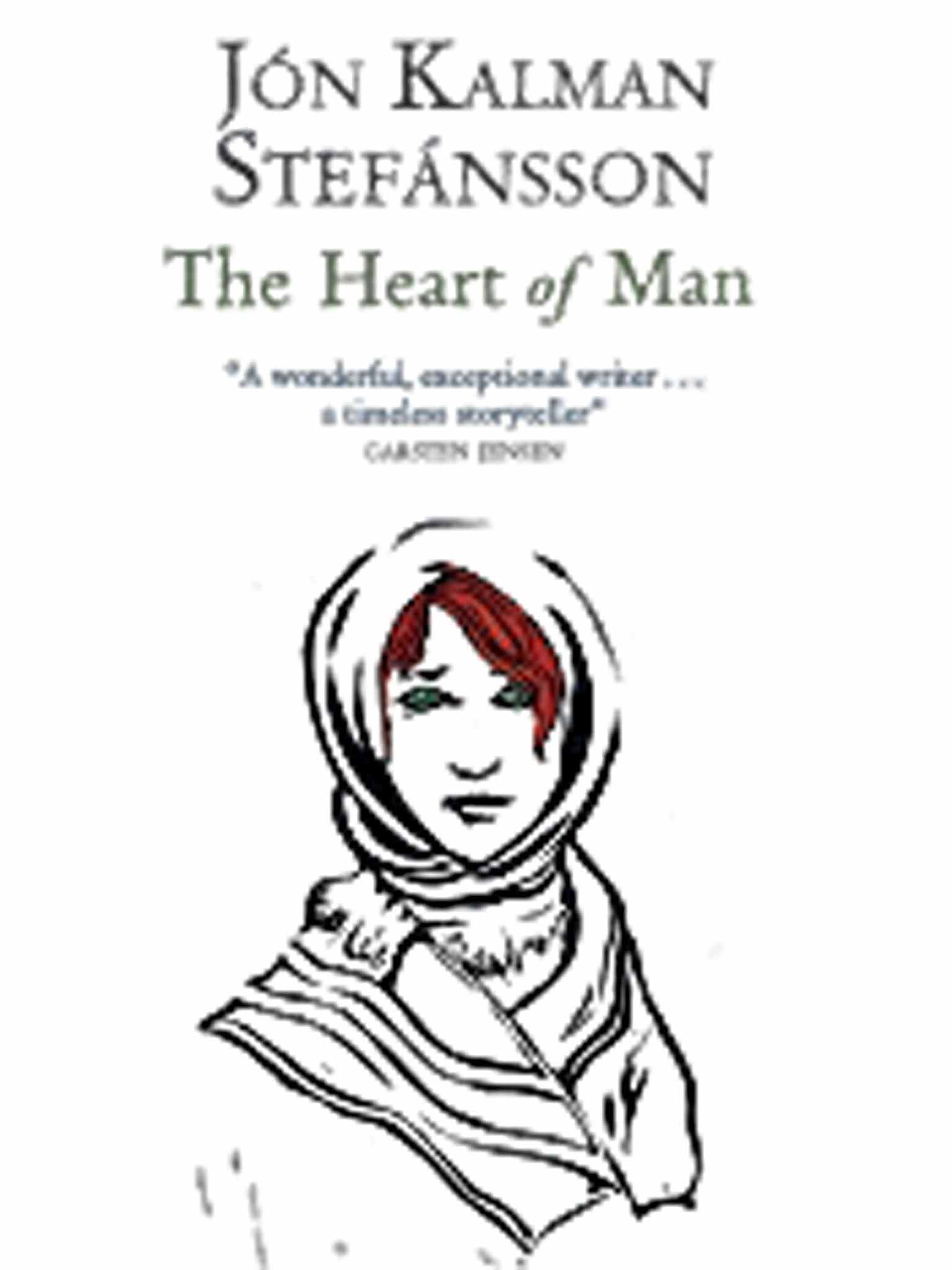The Heart of Man by Jon Kalman Stefansson - book review: Words from a remote island for a universal audience
Beautifully translated by Philip Roughton, Stefansson's immersive prose swells, thunders and sparkles with all the shifting moods of the sea on an Icelandic summer's day

When the Icelandic writer Jon Kalman Stefansson discovered his country's West Fjords, he felt the landscape's elemental power "like a punch in the solar plexus". Out of that blow, Stefansson has fashioned an epic trilogy. Their story occupies the late winter, spring and summer of a year around the turn of the 20th century. A nameless teenage boy, gifted, orphaned and adrift, loses his best friend to a fishing accident, joins the local postman on a snowbound mission into the wilderness, and in this concluding volume returns to the Village.
After Heaven and Hell and The Sorrow of Angels, The Heart of Man completes his astonishing voyage. Having survived ordeals at the hands of sea and snow, the boy has to carve out an adult role in the gossipy little port with its saloons, stores and rowdy foreign sailors. Every vice and virtue can be found on this "remote island, scorched by volcanic fire and blasted by wind but with green valleys like dreams amidst the rock".
As spring lengthens into Iceland's mercurial summer, women and words propel his growth-spurt. Alfheidur, a single mother and volcanic redhead, tends him after his anguish in the snow. In the Village, the emancipated rebel Geirthrudur shocks the prigs but opens the boy's eyes to wider horizons. Summoned via his letter and the "words that are meant to change a person's life", fisherman's wife Andrea bolts from her stolid husband. And Ragnheidur, daughter of a snobbish merchant, both enchants the boy and shows him that cruel disparities of class and power divide people even at "the end of the world".
Beautifully translated by Philip Roughton, Stefansson's immersive prose swells, thunders and sparkles with all the shifting moods of the sea on an Icelandic summer's day. Though we stay close to the boy's questing chains of thought, the narrative slips between the stories of several other villagers. Scandals and intrigues play out against this sublime backdrop, so that the trilogy overlays the colours of Dylan Thomas or Thomas Hardy on to spiritual scenery worthy of JRR Tolkien.
Conscious of his eloquence, the boy understands that "art is dangerous", as it "can stir up dreams of better life". Yet he also knows that, as the chorus of drowned fisherfolk says, words alone give us weapons "against time, death, forgetfulness, unhappiness". Stefansson has wielded those weapons with supreme skill. Gisli, the troubled headmaster, tells the boy about one of his beloved classics that "like all significant books it concerns how to be a human being". As does this uplifting trilogy.
Join our commenting forum
Join thought-provoking conversations, follow other Independent readers and see their replies
Comments